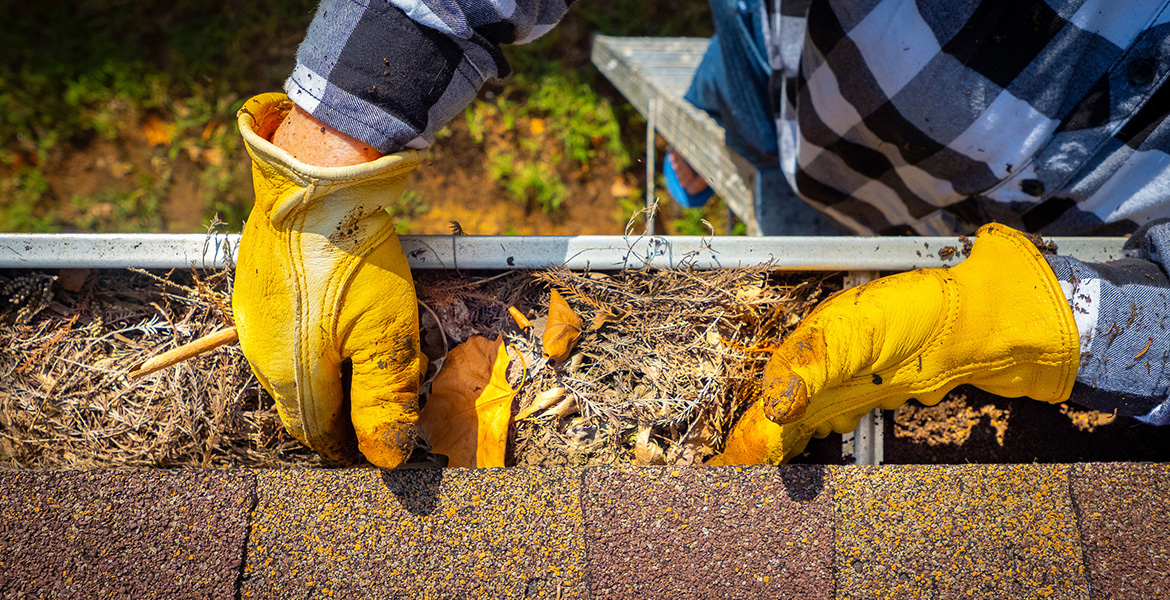
Garden activities still take place in the fall
Wednesday, October 7, 2020
Avid gardeners are enjoying a respite from the heat of an Oklahoma summer and are looking forward to winding down a busy gardening season. It’s the time of year when some are ready to throw in the trowel.
However, gardening activities don’t come to a screeching halt with cooler temperatures, said David Hillock, Oklahoma State University Extension consumer horticulturist.
“The autumn season brings a bit of a slower pace to the garden, but there still are things that can and should be done,” Hillock said. “Some easy clean-up chores, bulb planting, turf fertilizing and preparing for the spring gardening season will keep gardeners busy for several more weeks.”
October is a great time to get spring-flowering bulbs in the ground. Hillock said to be sure to place them in a spot with good drainage and plenty of sunlight. Planting depth should be two times the bulb’s diameter. Also, dig and store tender bulbs and tubers in a cool, dry place. Other landscape additions now ready for planting include pansies, kale and cabbage. OSU Extension offers a fact sheet outlining a landscape schedule for the entire year.
Fall lawn maintenance should include fertilizing cool-season lawns. He said seeding of cool-season grasses for perennial lawns can continue through mid-October. In addition, it is the time for controlling broadleaf weeds in well-established warm- or cool-season grasses with a post-emergent broadleaf weed killer. Mow and edge neatly before the first killing frost.
“If you had a vegetable patch this summer, and you don’t plan to grow a fall garden, pull everything out of the soil so there aren’t any decaying plants left behind,” Hillock said. “Old plants can harbor pests and diseases, which will cause problems later on. Once the garden has been cleaned up, a cover crop may be planted.”
Cool-season cover crops will survive through the winter. They are planted in the fall, from mid-September until the end of October, and left over the winter to provide protection from soil erosion. In late winter and early spring, just before planting the new garden, they can be tilled under, providing organic matter and releasing nutrients as they decompose.
The scenery when leaves begin to change in the fall brings about vivid colors in the landscape. Those leaves, however, can get in the home’s rain gutters and cause issues. Hillock suggests cleaning the gutters on a regular basis to help avoid water problems and to keep the downspouts clean. Homeowners may opt to install screening to block debris from entering the gutters, which will enable the water to continue to drain.
“The screens definitely help keep debris out of the gutters, but you’ll still need to check them for periodic cleaning,” he said. “And, while on the topic of leaves, raking, bagging and hauling them to the dump isn’t environmentally friendly and takes up valuable landfill space. Instead, rake them into perennial beds to use as winter mulch. Leaves help stifle weeds, retain moisture and enrich the soil.”
Leaves also can be added to a compost bin. For many homeowners, the easiest solution is to simply mow them. The chopped leaves return valuable organic matter and nutrients to the soil.
Later in the fall, fertilize cool-season grasses again. Homeowners also may want to consider a soil test to correct nutrient deficiencies before winter sets in. Hillock said that between November and March is the best time to prune most trees and shrubs, unless they are spring flowering plants, which should not be pruned until after they bloom in the spring.
As autumn rolls into early winter, keep in mind trees and shrubs need moisture. If the soil is dry, irrigate all the plantings in the landscape at least 24 hours before a predicted hard freeze.
Cleanup chores include washing and storing flowerpots. Scour the pots with a stiff-bristled brush and mild soap and rinse. Stack them in the garden shed or garage so they will be ready for spring planting.
Gardeners are well aware of the importance of a garden hose as a landscape tool, said Hillock. Drain the water from all hoses and store them out of the elements. Also, remember to turn off all outdoor water sources to help prevent frozen pipes.
“Proper storage of your gardening tools during the off season is a must. Clean shovels, rakes, hoes, lopping sheers and other equipment. A light coating of oil on the metal parts will help keep rust at bay while in storage,” he said. “Drain the gasoline from power tools or use a fuel stabilizer before winter storage. These steps will help ensure your garden tools are in tip-top shape when spring gardening season rolls around. Everyone is excited to get back outdoors, and rusty equipment and power tools that won’t start certainly can put a damper on a gardener’s enthusiasm in the spring.”
Hillock also is featured in an Oklahoma Gardening video that outlines the steps needed to properly store gardening equipment over the winter.
More gardening information is available on OSU Extension’s website.
MEDIA CONTACT: Trisha Gedon | Agricultural Communications Services | 405-744-3625 | trisha.gedon@okstate.edu
